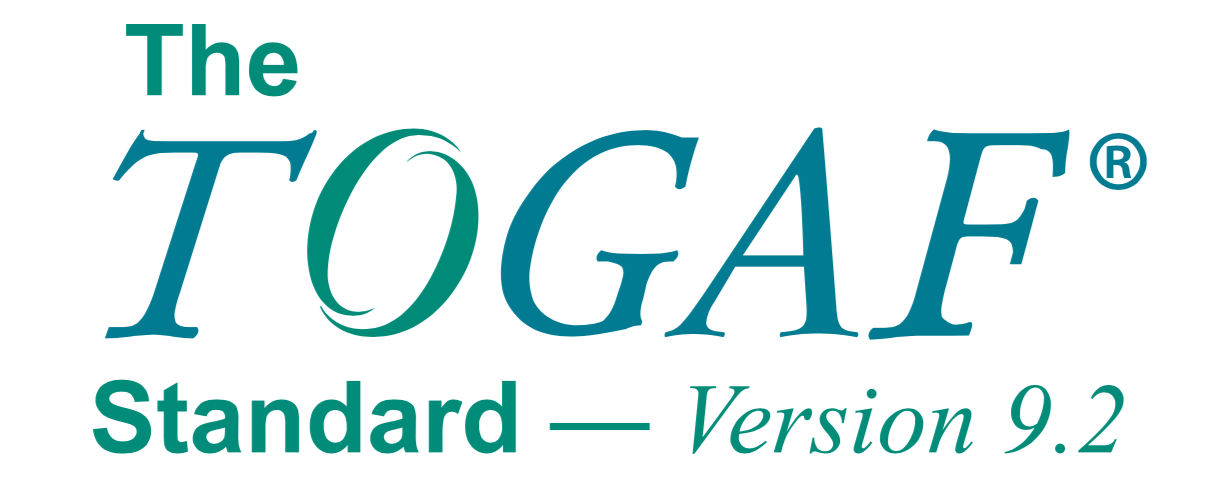Introduction:
TOGAF, or The Open Group Architecture Framework, is a robust architecture framework designed to aid in the acceptance, production, use, and maintenance of enterprise architectures. Developed and maintained by The Open Group Architecture Forum, TOGAF has evolved since its inception in 1995, with successive versions released at regular intervals.

Foundation and Evolution:
The roots of TOGAF trace back to the US Department of Defense Technical Architecture Framework for Information Management (TAFIM), providing a solid foundation for its development. The framework has seen continuous enhancements, with each version building upon the previous ones. As of this guide, we focus on TOGAF Version 9, which was first published in January 2009.
Purpose and Scope:
TOGAF is a versatile tool applicable to various enterprise architectures. It can be employed in different sectors such as Government, Telecommunications, Manufacturing, Defense, and Finance. TOGAF complements other specialized frameworks, offering a holistic approach to enterprise architecture development.
Key Components:
TOGAF Architecture Development Method (ADM): The heart of TOGAF lies in its method – the Architecture Development Method (ADM). This iterative process model, supported by best practices and a reusable set of existing architectural assets, guides organizations in systematically developing and maintaining their enterprise architectures.
TOGAF Version 9:
TOGAF Version 9, commonly referred to as “TOGAF 9,” is the focus of this guide. Released in 2009, this version reflects the latest advancements and best practices in enterprise architecture. Users can access the full documentation on The Open Group public website.
Applications:
TOGAF can be applied across various domains, facilitating the development of enterprise architectures that align with specific business needs. Its adaptability makes it a valuable resource for organizations seeking a comprehensive and methodical approach to architectural development.
Collaboration with Other Frameworks:
While TOGAF is powerful on its own, it can also be seamlessly integrated with other frameworks that cater to specific vertical sectors. This collaborative approach enables organizations to leverage the strengths of multiple frameworks for more targeted and specialized deliverables.
Conclusion:
TOGAF, with its proven track record and continuous evolution, stands as a cornerstone in the field of enterprise architecture. By providing a robust methodology and supporting assets, it empowers organizations to navigate the complexities of architectural development, ensuring alignment with business needs and industry best practices. As businesses continue to evolve, TOGAF remains a reliable companion in the dynamic landscape of enterprise architecture.